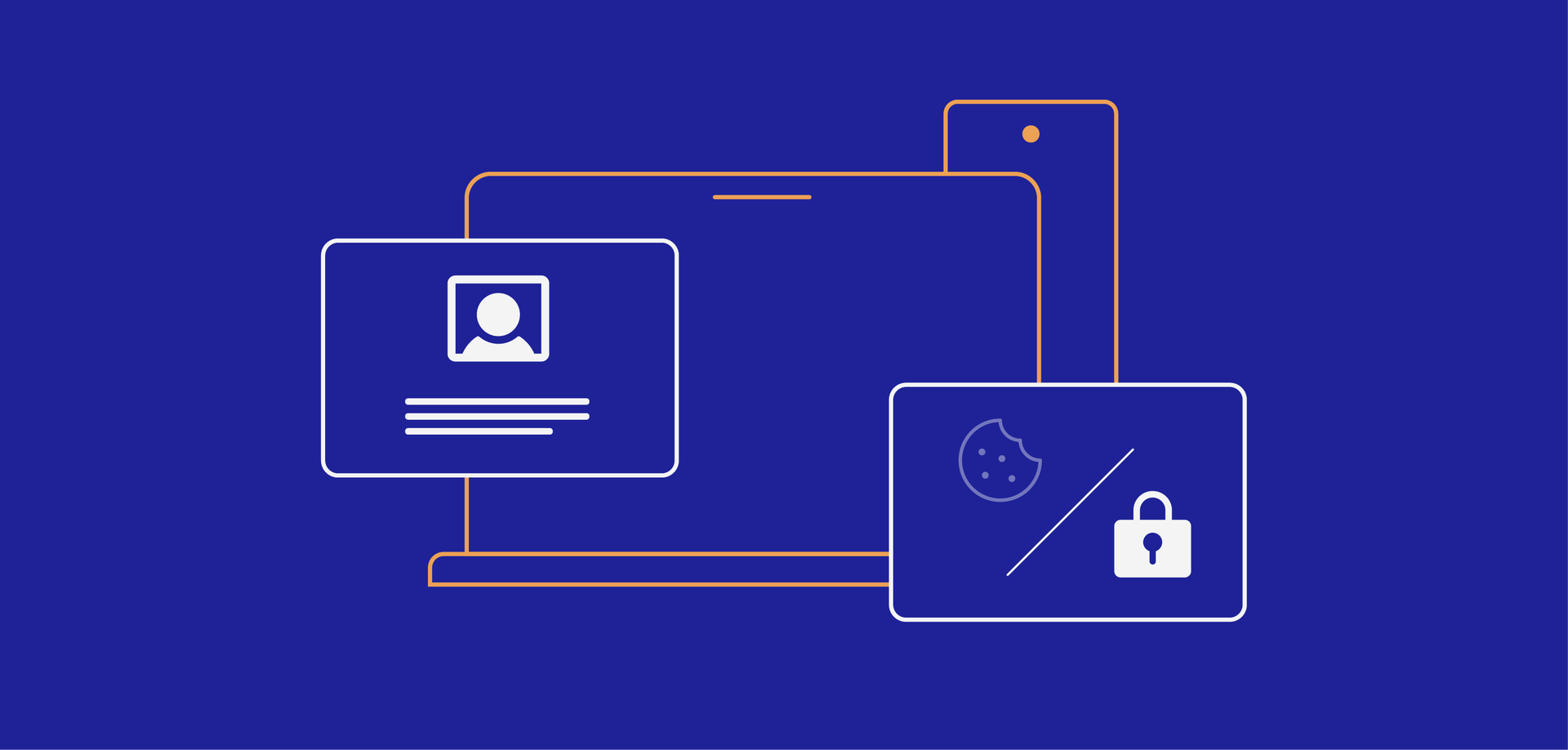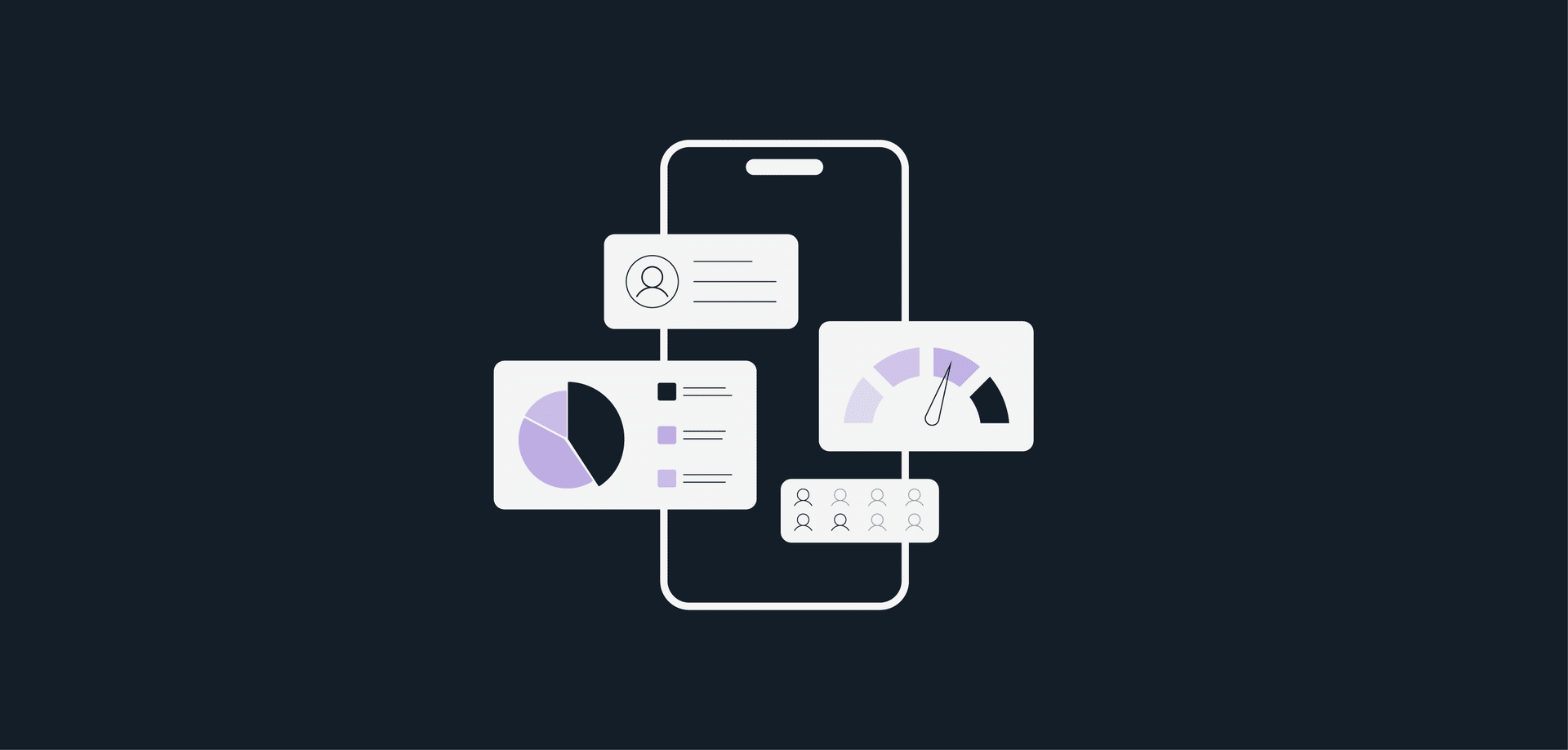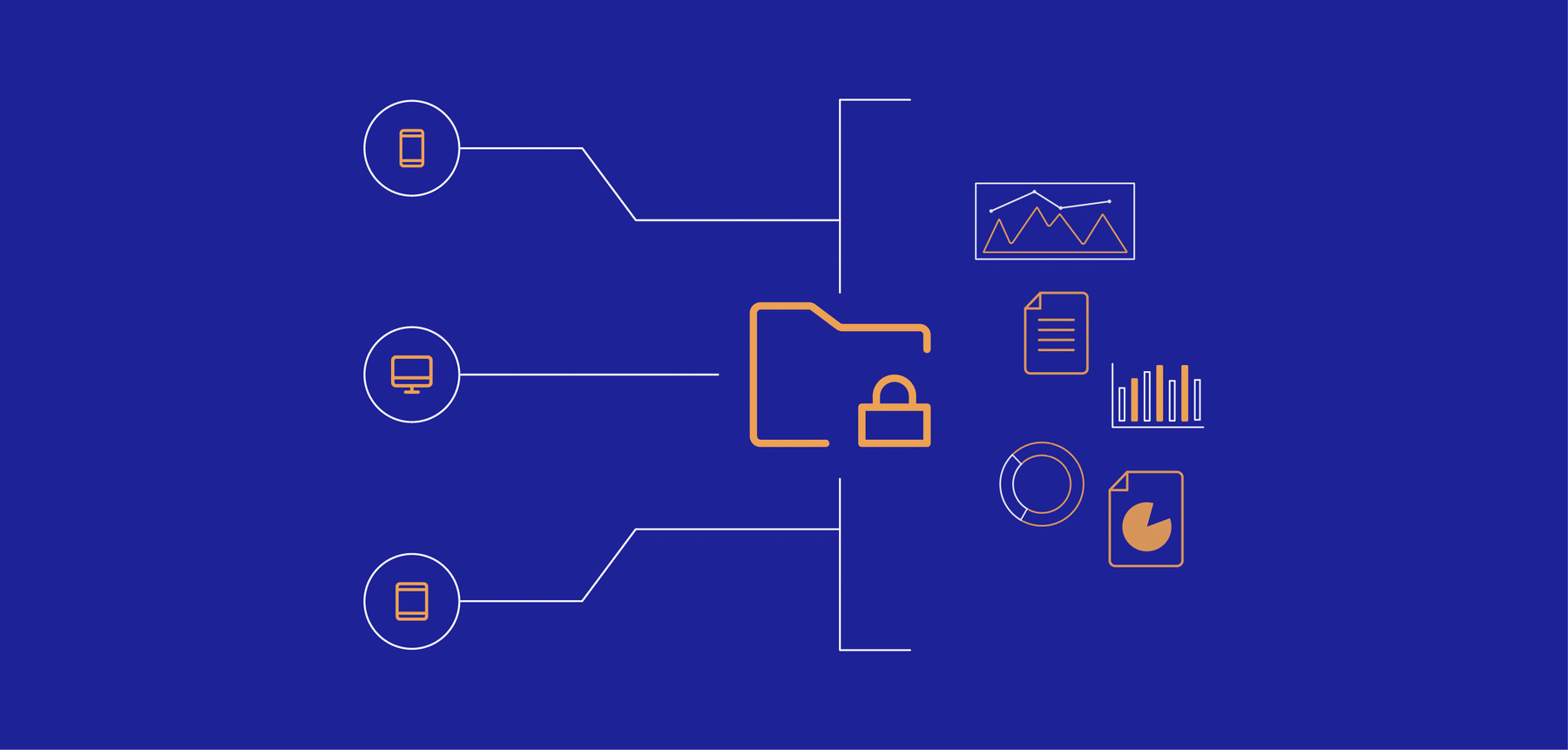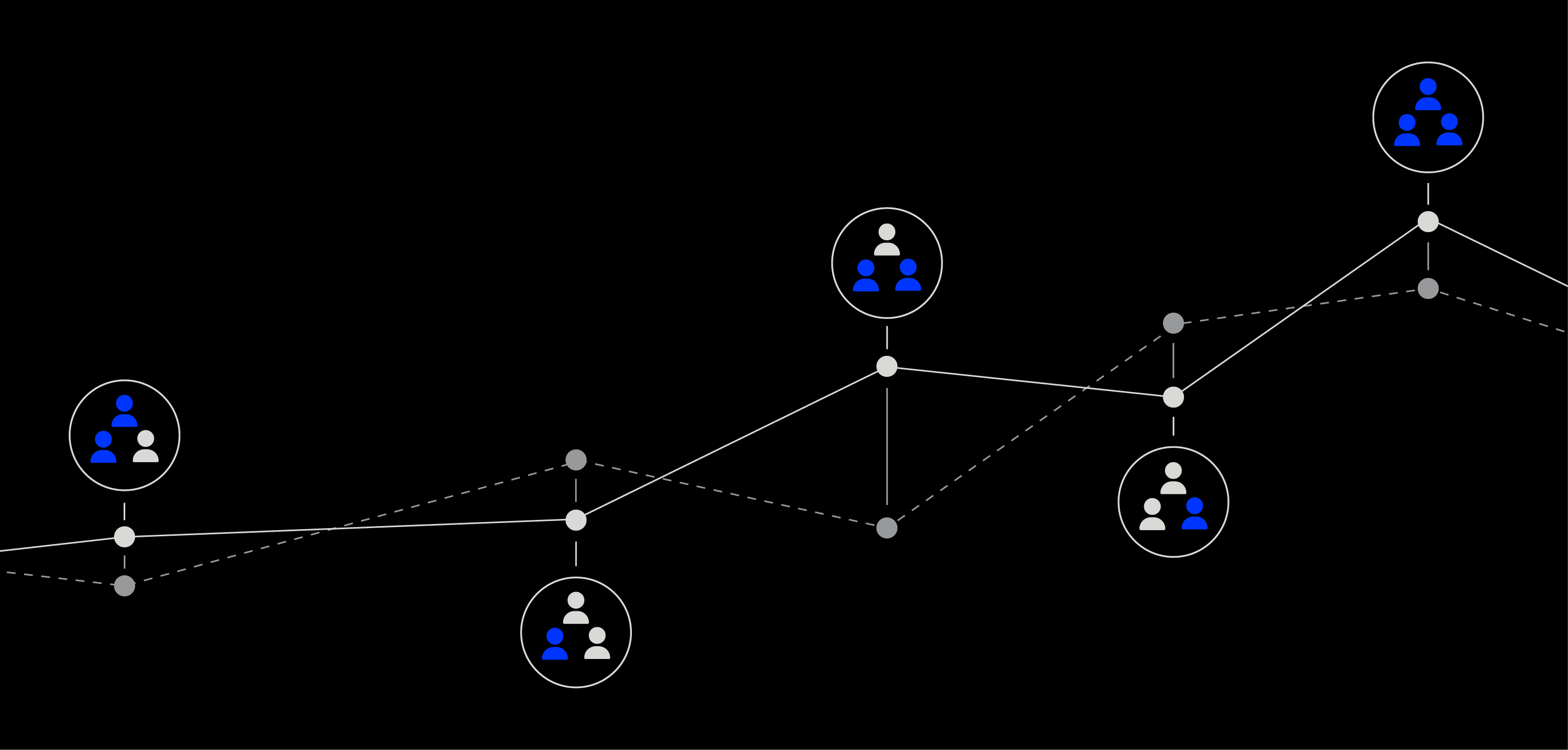Customer Churn Analysis: A Comprehensive Guide
- Reading Time: 6 minutes
In today’s highly competitive business environment, understanding why customers leave is just as important as knowing why they stay. Customer churn, the percentage of customers who stop using a company’s products or services over a given period, is a critical metric for any business. According to recent studies, increasing customer retention rates by just 5% can boost profits by 25% to 95%, making customer churn analysis indispensable for sustainable business growth.
Customer churn analysis involves examining customer behavior, interactions, and feedback to identify patterns and factors that contribute to customer attrition. By understanding these patterns, businesses can implement strategies to reduce churn, improve customer satisfaction, and drive long-term loyalty. Platforms like Dataroid play a vital role in this process by enabling businesses to collect, analyze, and act on customer data in real-time, empowering them to take proactive steps before customers decide to leave.
What is Customer Churn Analysis?
Customer churn analysis refers to the process of identifying and understanding the reasons why customers stop using a product or service. By analyzing churn, businesses can gain insights into the factors that contribute to customer attrition, allowing them to develop strategies to reduce churn rates and increase customer retention rate.

Why is Customer Churn Analysis Important?
Conducting churn analysis helps companies uncover the causes of customer departure and enables them to address these issues proactively. The key reasons why customer churn analysis is essential include:
- Improved Customer Retention: Identifying the factors that cause customers to leave allows businesses to implement strategies that keep them engaged and loyal.
- Cost Efficiency: Retaining existing customers is often more cost-effective than acquiring new ones.
- Enhanced Customer Experience: By understanding and addressing the reasons for churn, companies can improve their products and services, leading to a better overall customer experience.
- Increased Revenue: Reducing churn directly impacts the bottom line by retaining revenue that would otherwise be lost.
- Predictive Insights: Churn analysis provides businesses with valuable insights that can be used to predict future customer behavior and take preemptive actions to prevent churn.
Sign up to drive your business with the power of data
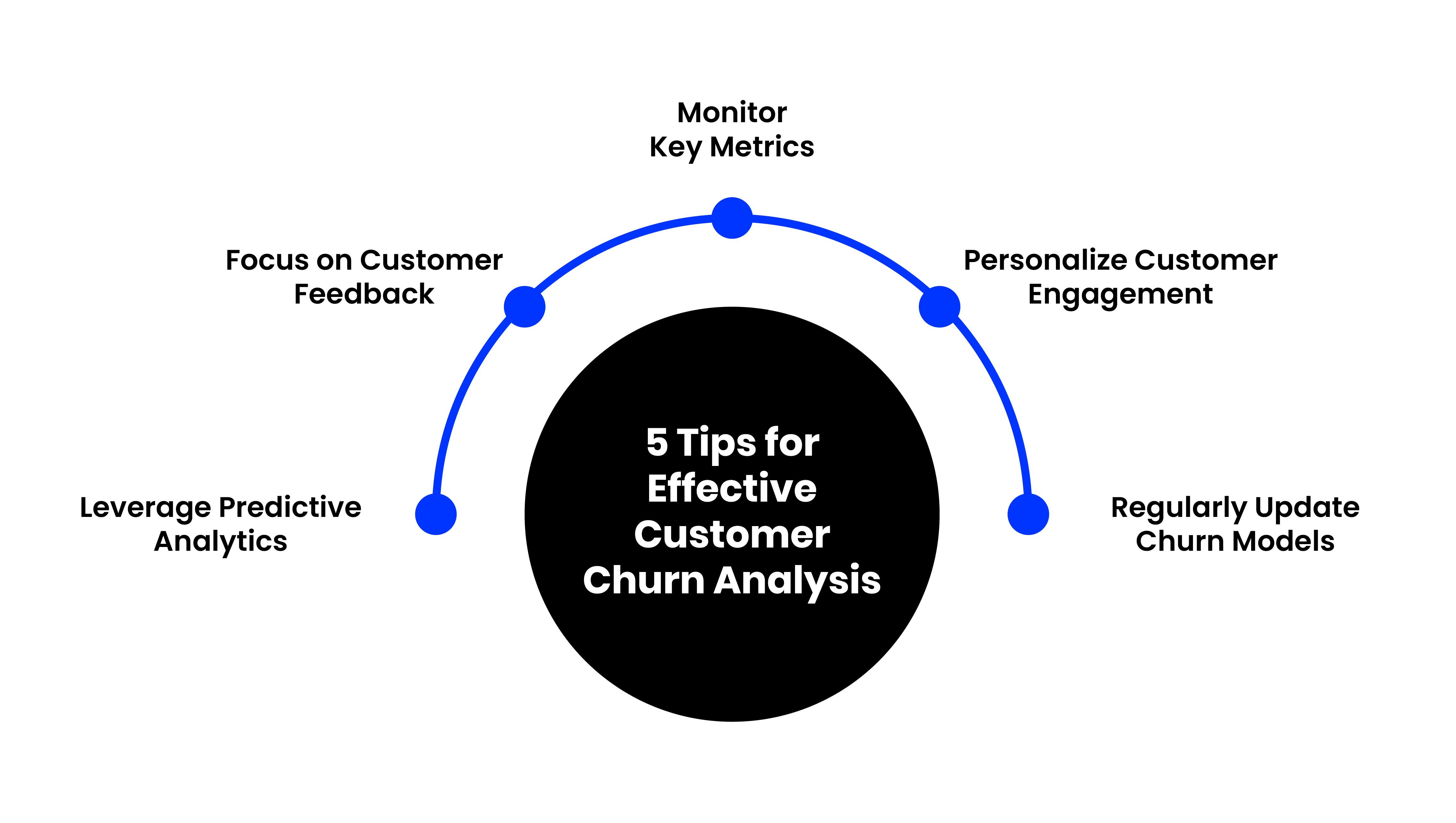
5 Key Steps in Conducting Customer Churn Analysis
Conducting a thorough customer churn analysis is essential for understanding and mitigating the reasons behind customer attrition. Here are five concise yet detailed steps to guide you through the process:
1. Define the Objectives
Start by clearly defining the objectives. Determine whether the aim is to reduce the overall churn rate, identify specific churn triggers, or predict future churn patterns. Setting clear goals will help focus the analysis and align it with the business priorities.
2. Collect and Integrate Customer Data
Gather comprehensive customer data from various sources such as purchase history, interactions, feedback, and service usage. Integrating this data into a unified system is crucial for gaining a complete view of the customer journey. For instance, using Dataroid’s platform, businesses can seamlessly track customer interactions across digital channels, enabling real-time analysis and prompt action.
3. Identify Churn Indicators
Analyze the integrated data to identify key churn indicators—specific behaviors, patterns, or even crashes that precede customer attrition. Common indicators might include decreased product usage, negative feedback, an increase in crashes or technical issues, or a rise in customer service requests. Recognizing these early signs, including system crashes, is vital for proactive intervention. By identifying these indicators early, businesses can develop targeted strategies to address issues before they lead to customer loss.
4. Segment the Customers
Segment the customers based on shared characteristics or behaviors related to churn. Understanding how to perform customer behavioral segmentation can enhance the ability to identify high-risk segments and tailor interventions that effectively reduce churn. For example, by examining purchasing patterns and engagement levels, businesses can create segments that allow them to focus retention efforts on the most vulnerable customer groups.
5. Implement Retention Strategies
Based on the insights gained from your analysis, develop and implement retention strategies tailored to each customer segment. Whether it’s enhancing customer support, refining product offerings, or launching targeted marketing campaigns, these strategies should directly address the factors contributing to churn. Effective retention strategies not only reduce churn but also strengthen customer loyalty, leading to long-term business success.
5 Tips for Effective Customer Churn Analysis
To make the most out of your churn analysis efforts, it’s crucial to follow best practices that ensure accuracy and actionable insights. Below are some key tips to enhance the effectiveness of the customer churn analysis.
- Leverage Predictive Analytics: Utilize predictive analytics to forecast which customers are most likely to churn. By identifying these customers early, businesses can take proactive measures to prevent churn and improve retention rates.
- Focus on Customer Feedback: Regularly collect and analyze customer feedback to identify pain points that may lead to churn. Implementing changes based on this feedback can significantly increase customer satisfaction and reduce churn.
- Monitor Key Metrics: Keep a close eye on critical churn-related metrics, such as customer lifetime value (CLV), customer satisfaction scores (CSAT), and Net Promoter Score (NPS). These metrics provide valuable insights into customer health and can help prioritize retention efforts.
- Personalize Customer Engagement: Use customer data to create personalized engagement strategies that resonate with individual customers. Tailored offers and personalized marketing campaigns can strengthen customer relationships and reduce the likelihood of churn.
- Regularly Update Churn Models: Customer behavior and market conditions can change rapidly, so it’s essential to regularly update churn prediction models. By keeping these models current, businesses can stay ahead of emerging churn risks and adapt their strategies accordingly.
Master Digital Customer Churn Analysis with Dataroid
In the fight against customer churn, Dataroid stands out as a powerful ally. Dataroid helps businesses track, analyze, and act on customer data in real time.
With Dataroid, you can:
- Comprehensive Data Collection: Track every customer behavior across digital channels, ensuring a complete understanding of the customer journey.
- Real-Time Insights: Quickly identify and address early signs of churn with Dataroid’s real-time analysis capabilities.
- Advanced Segmentation: Segment customers based on past and real-time behaviors and churn risk, allowing for targeted retention strategies.
- Predictive Analytics: Predict churn risk and take proactive measures to retain customers.
By integrating Dataroid, you can better understand customer behavior, reduce churn, and build long-term loyalty. Take the next step today!
Frequently Asked Questions
What is the best way to reduce customer churn?
The best ways to reduce customer churn include using predictive analytics to forecast potential churn, regularly collecting and acting on customer feedback, personalizing customer engagement, and continuously updating churn prediction models.
How do you calculate customer churn rate?
To calculate the customer churn rate, divide the number of customers lost during a specific period by the number of customers at the beginning of that period. The churn rate formula is: (Lost Customers ÷ Total Customers at the Start of Time Period) x 100.
What metrics should be tracked in customer churn analysis?
Key metrics to track in customer churn analysis include customer lifetime value (CLV), customer satisfaction scores (CSAT), Net Promoter Score (NPS), and specific churn indicators such as decreased product usage or increased customer service requests.
What are the most common causes of customer churn?
The most common causes of customer churn include poor customer service, lack of engagement, product issues, better competitor offerings, unmet expectations, and pricing concerns. Additionally, changes in customer needs can lead to churn if businesses fail to adapt.
YOU MAY ALSO LIKE
Journey Analytics: How to Optimize the Customer Journey
Cookieless Analytics: How to Prepare for a Future Without Cookies
Mobile Analytics 101: How to Measure and Improve Your App's Performance
Securing Data in Digital Marketing: A Quick Guide
Daily Active Users (DAU): Why It Matters and How to Track It
Drive your digital growth
Schedule a demo today to learn more on how we can help you unleash the potential of digital using Dataroid.

